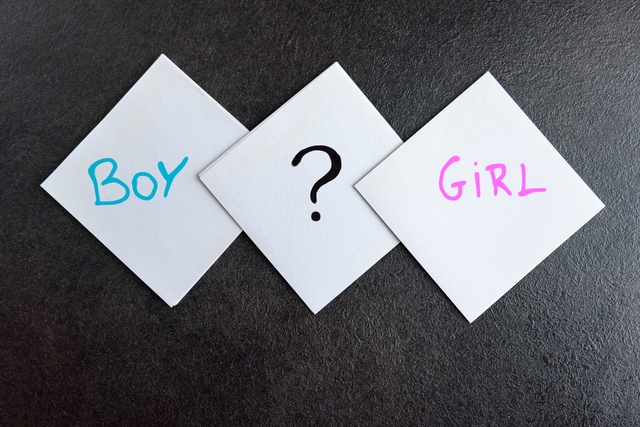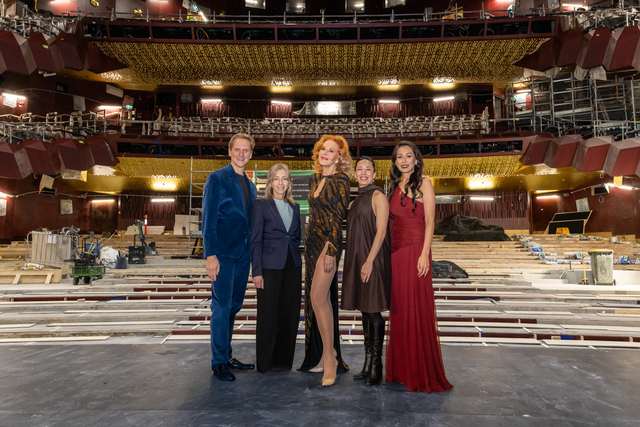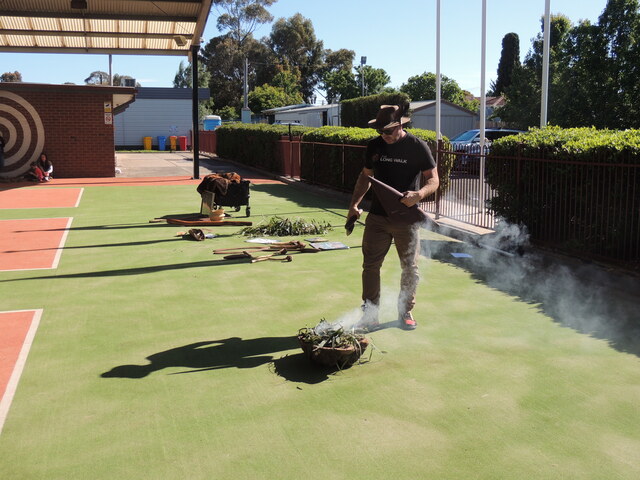Much more than the pigments of the imagination, tattoos embody rich cultural and social tradition, with lines frequently redrawn to ensure relevance to the modern tribe. Sarah Harris reports.
BENEATH Jay J Nguyen’s crisp business shirt a helicopter hovers. The ubiquitous gunship looms large against the backdrop of the rice paddies and mountains of his homeland and a family scattered like petals. There is heart in this sleeve – the wordless rendering of one migrant’s story and the Vietnam War.
“I wanted to get something meaningful,” the young business banker from Cairnlea explains.
“The way I looked at it, a tattoo was going to be with me the rest of my life, so I wanted it to be something that I would always want to carry with me. That is why I have my whole family on my arm.
“My grandfather was killed in the war. One of my aunties came to Australia in the ’70s. Then one by one she sponsored her eight brothers and six sisters. We were the last to come in 1995. I was seven.
“This,” he says pointing to a Buddhist temple just above his elbow, “is where I was born.”
Nguyen’s decision to get a tattoo shocked his conservative family. The Vietnamese more commonly associate body art with triad gangsters than diligent, professional sons.
But now they not only appreciate the sincerity of his statement about family, but the quality of Zane Stevens’ art work. “They were blown away by the likeness. I never knew him, but when some of the aunties saw the portrait of my grandfather they started crying,” Nguyen recalls.
Stevens, the principal of Royal Ink Tattooing in Melton, is so popular he’s booked out at least six months in advance and there’s enough extra work to keep another four fully-fledged tattoo artists plus three apprentices occupied.
Most of Zane’s personal clients are, like Ediz Bekir, having major works done. So far the airport security officer from Caroline Springs has had about 15 hours work to set up his sleeve featuring a mosque, harem dancers, drums and an Ottoman warrior resplendent on horseback with his distinctive curved kilij sword and turban.
“This is a cultural thing for me because I am Turkish,” Bekir explains.
It will end up costing close to $4000 and take another 15 hours work to finish the arm, but this is nothing unusual.
“Most people plan this out. They will come in every three weeks or so when they have a spare couple of hundred,” oooStevens says.
oPeople are booking in for more and more elaborate and bigger pieces. They are getting portraits done, not Popeye cartoons. A lot of the big works are about cultural identity.
“I’ve done Egyptian sleeves, Roman sleeves, a Serbian back job, Australiana. It’s a real trend.”
It’s a trend which might be traced partly to Stevens himself through his work on his most famous client, Hawthorn star Buddy Franklin, whose striking sleeve celebrates his Koori culture.
But still many are choosing tattoos purely on aesthetics.
Melton hairdresser Skye McCammond, for example, bought a T-shirt bearing a design by Brisbane illustrator Courtney Brims and so loved her work that she had a girl with an icecream hat and hair dripping blood inked on her forearm, while Porsha, the manager of local brothel The Forum Gentleman’s Club, went for conservatively feminine flowers.
Then there’s the policeman from Moorabool (who asked not to be named on account of the “new chief’s stand on tatts, beards and that”) who has a Japanese sleeve under way with another of the Royal Ink tattooists, Matt Bissell, and Jim Emery, a truck driver from Sunbury, whose colourful Japanese legs are also a work in progress.
The lack of relevance doesn’t factor for a lot of people as evidenced by the numbers of Melburnians sporting senoritas with sugar skulls and mantillas symbolising the Mexican holiday Día de Muertos or Day of the Dead.
It was probably the kiss of death for the fashionably cool when The Day of the Dead trend found its way into department store fashion in the UK in 2009.
These days Mick Squires, one of the Melbourne artists who appears regularly on the international tattoo convention circuit, tries not to do too many of those.
“It just got to the stage where it was too popular and a lot of people getting them really had no idea what it was about,” he says.
Squires – a one-time computer engineer turned artist who works out of Korpus Tattoo in Brunswick when he is not travelling overseas – believes the tattoo trend is near its peak in Australia.
“It has already peaked in America,” he says.
He is optimistic that if Australia follows suit all those guys who have bought their equipment on the internet and don’t do good work will get flushed out.
The proliferation of tattoo shops has been extraordinary, particularly in Melbourne where increasing numbers of tattooists have real art school credentials.
“You’d be surprised how many fine art students are looking at careers in tattooing,” Squires said.
Tattooist Tracey Patterson is her own best advertisement for the profession. The striking Airport West resident who holds a fine art degree from Monash University encapsulates the increasing cross over between art and body art. Now working from Moving Pictures Tattoo shop in Williamstown, Tracey has seen many changes since she first started working in the industry. Tattooing still has its detractors, but these days it is more about self-expression than being badass,” she says.
“It is far more widely accepted and my next customer is more likely to be a woman or a businessman than a biker.”
Some of the most highly sought-after Melbourne tattooists charge $180-$200 an hour and have longer waiting lists than a three-hat restaurant. Even in the ’burbs reputable tattooists can charge $120-$130 an hour and be booked out for months.
It’s a far cry from the day Patsy Farrow first picked up the needle. But then the national secretary of the Professional Tattooing Association of Australia (PTAA) who owns Tattoo Tapestry in Werribee has come a long way herself in 40 years.
Back then she was one of only a handful of women working in the industry Australia-wide, but it wasn’t about blazing an ink trail for female-kind as much as survival.
“Truth is I married a tattooist, but he preferred to drink so someone had to work,” she recalls of her first tattoo. “He drank himself to death a few years later and I’m still here because I turned out to be pretty good at it.”
It took her another 15 years to get her own tattoo – a portrait of Elvis on her back.
Does she ever see a day the tattooed outnumber the cleanskins?
“I doubt it”, she smiles, “but if that day ever comes we won’t be so judgmental.”







